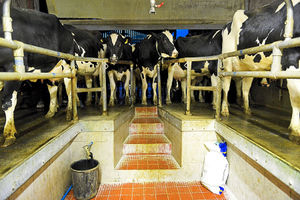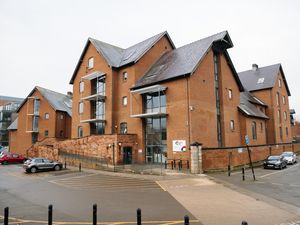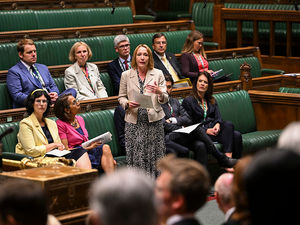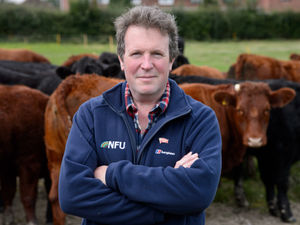Dairy farmers losing 3.4p per litre of milk
Dairy farmers lost an average of 3.4p per litre last year, following the prolonged spell of low milk prices, according to a new survey by an accountant.

Based on Old Mill accountant and Farm Consultancy Group clients with a March year-end, dairy farmers had an average cost of production of 29.2p per litre in 2016/17 – well above the average milk price of 25.7p per litre.
When taking non-milk income, such as calf and cow sales, into account, but not including rent or finance, the average farm profit was 0.28p per litre.
Mike Butler, chairman of the board at Old Mill, said: "That was well below our forecast profit of 1.08p per litre this time last year.
"And it is purely down to the extended period of low milk prices.
“Farmers cut expenditure as far as possible, in areas like property repairs and variable costs, but there was only so much they could do to offset the catastrophic milk price."
However this month Market Drayton-based dairy Muller announced it was to add 0.5p per litre to the price it pays to 700 Muller Direct farmers, taking the price per litre to 30.5p per litre.
The price being paid is a new three-year high, and keeps the price close to the cost of production, helping farmers stay afloat after a long period of contraction which forced some out of the dairy industry.
Farmers have since called for more long-term visibility on prices, and 130 farmers have also taken part in Muller's 100 million-litre Direct Futures Contract.
That deal allows dairy farmers to fix a monthly price for up to quarter of milk production for up to 12 months ahead, offering higher levels of certainty over future milk price returns.
“Efficient businesses should be able to generate a profit of around 3p per litre, with the more efficient operators sitting above 5p per litre,” explains Phil Cooper, partner at FCG.
“We would expect to see increases in vet and medicine costs as more businesses start vaccinating stock – although some of this should be offset by a reduction in dry cow therapy as milk buyers encourage selective dry cow treatments.
“Silage costs are expected to increase due to the good grass growing year. And depreciation could rise slightly as renewed confidence leads to increased investment.
“With current predictions showing a shortage of milk going into the winter, there are plenty of reasons to be optimistic.
“That said, it is important to continue to focus on making your business more efficient.”




